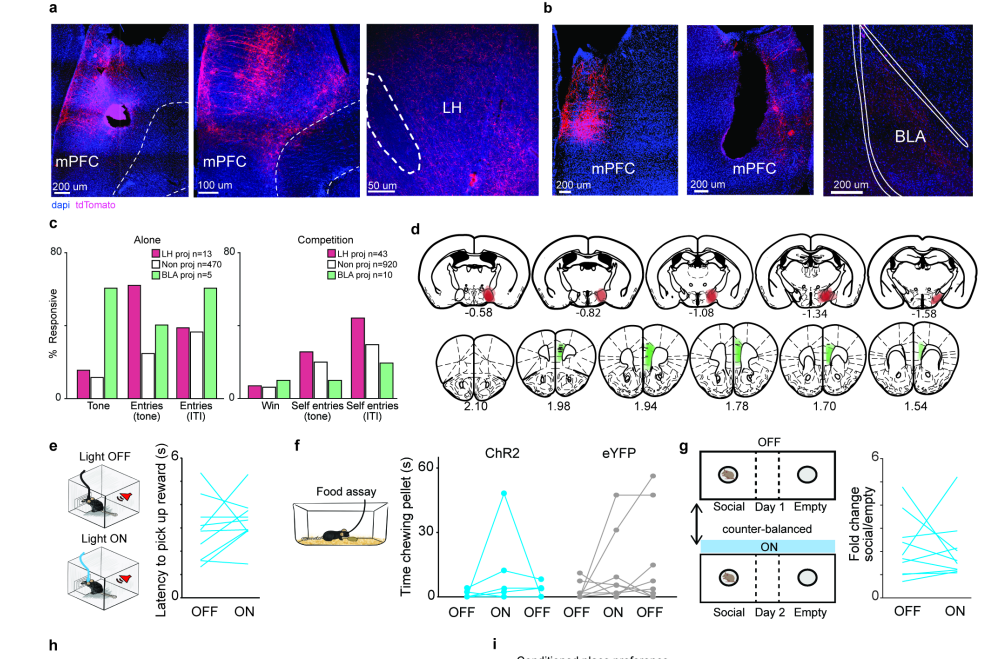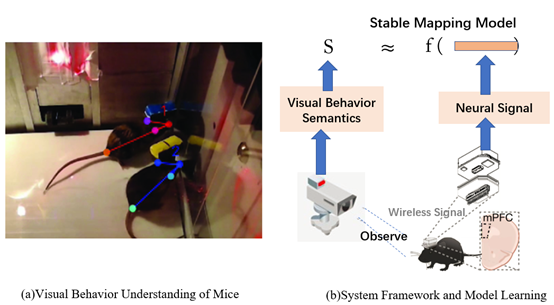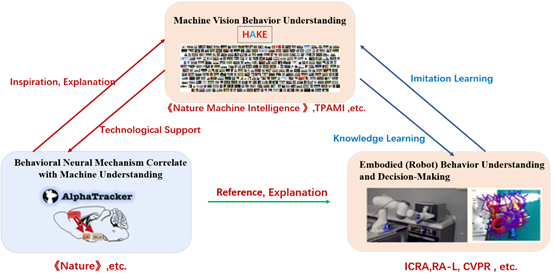- Home
- About Us
- Students
- Academics
-
Faculty
- Electrical Engineering
- Automation
- Computer Science & Engineering
- Electronic Engineering
- Instrument Science and Engineering
- Micro-Nano Electronics
- School of Software
- Academy of Information Technology and Electrical Engineering
- School of Cyber Security
- Electrical and Electronic Experimental Teaching Center
- Center for Advanced Electronic Materials and Devices
- Cooperative Medianet Innovation Center
- Alumni
-
Positions
-
Forum
News
- · Bin Dai's Team Unveils the Assembly Mechanism of β-Lactoglobulin Fibrils, Providing New Insights for the Development of Functional Nanomaterials
- · Mingyi Chen’s research group has made important progress in the field of analog-to-digital converter chips for brain-computer interface
- · Progress in the Development of Semiconductor Nanomaterials to Activate Pyroptosis for Cancer Therapy
- · Jiamiao Yang’s team achieved the high precision optoelectronic reservoir computing based on complex-value encoding
- · Significant Advancements in Resonator-Enhanced Quantum Sensing Achieved by Zenguihua's Team at the School of Sensing Science and Engineering
Nature Published the Research Results of Professor Cewu Lu 's Team and Collaborators in Behavior Understanding
Recently, the top academic journal Nature published the research results of Professor Cewu Lu 's team from the School of Electronic Information and Electrical Engineering (SEIEE) and collaborators in behavior understanding (Cortical Ensembles Orchestrate Social Competition through Hypothalamic Outputs). The two co-corresponding authors of the paper are Professor Cewu Lu and Professor Kay M. Tye from Salk Institute for Biological Studies. This is another progress after a series of AI for Science such as Alphafold in recent years.
Based on computer vision technology, this achievement quantitatively explained the intrinsic relationship between visual behavior understanding and brain neurons signal, established the stable mapping model for the first time, and formed a new research paradigm for computer vision behavior analysis to analyze behavioral neural circuit. Based on the machine learning model, the joint team deeply analyzed the neural control mechanism of "Social Hierarchy" behavior (for example, low-ranking mice will give priority to high-ranking mice for food, and the low-ranking mice will show obedience behavior). Social hierarchy behavioral neural control mechanism has always been an important issue in the academic world. How mammals judge the status of other individuals and their own social groups? What is the neural control mechanism behind it? In large-scale group competition videos of mice, we located the "social hierarchy" behavior, recorded the brain activity state of social hierarchy behavior at the same time, and deeply analyzed the formation mechanism of social hierarchy behavior in the brain. It was found that the medial prefrontal cortex-lateral hypothalamus (mPFC-LH) circuit has the function of controlling social hierarchy behavior, which had been confirmed by rigorous biological experiments. This research forms a new research paradigm for discovering neural circuits of unknown behavioral functions based on machine vision learning.

Fig1. Analysis of behavior neural mechanisms with computer vision and machine learning

Fig2. Visual Behavior Detection-Brain Neural Signal Correlation Model
Artificial Intelligence Research of Cewu Lu 's Team
Cewu Lu 's team has been engaged in artificial intelligence research for a long time. Focusing on behavior understanding: from the perspective of machine cognition, study how to make machines understand behavior; from the perspective of neural cognition, study the intrinsic relationship between machine cognitive semantics and neural cognition; from the perspective of knowledge, study how to transfer behavior understanding knowledge to robotic systems. The main research results have been achieved as shown in Fig 3. This nature result is part of the behavior understanding of Cewu' Lu s team.

Fig 3.The Main Work of Cewu Lu 's Team on Behavior Understanding
-
Students
-
Faculty/Staff
-
Alumni
-
Vistors
-
Quick Links
